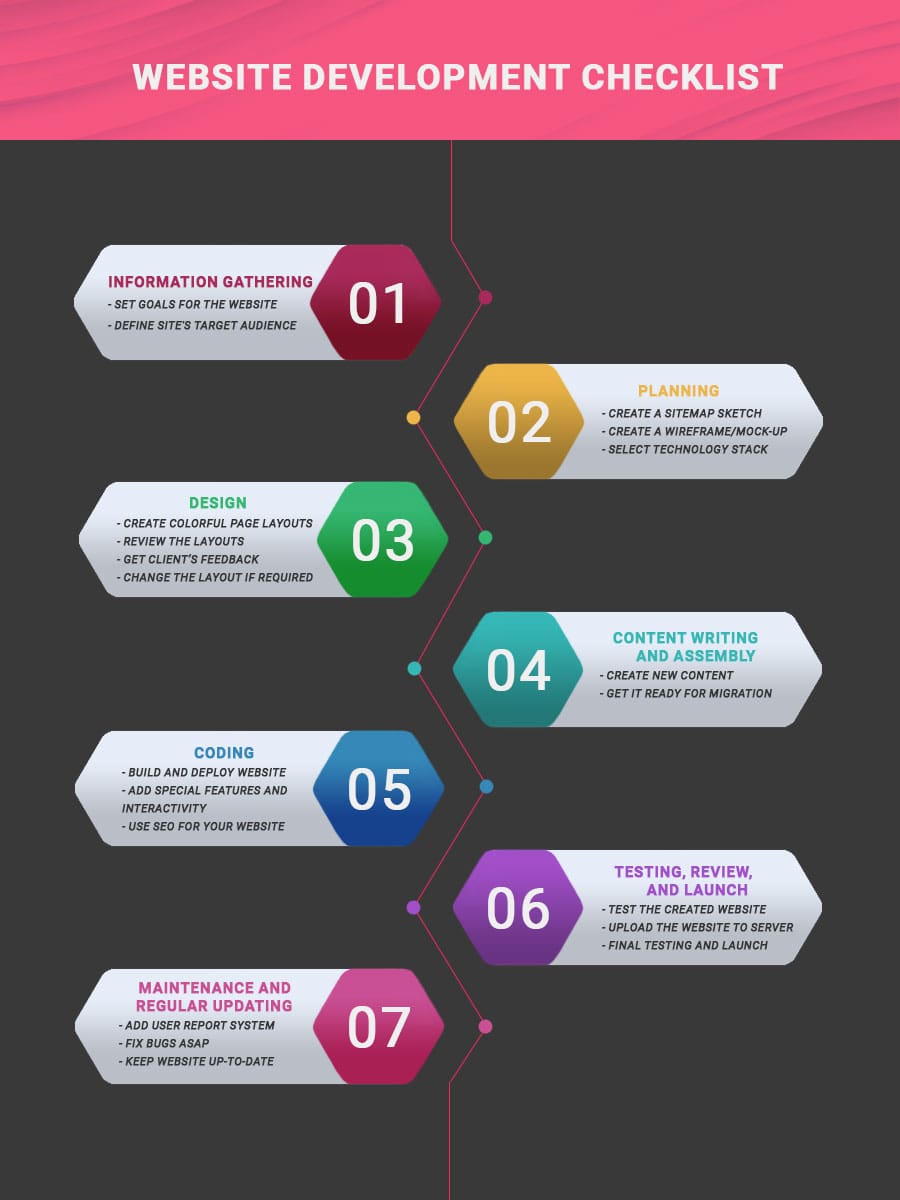Building the Future: Navigating the Landscape of Web3 Development

As we step into a new era of the internet, the concept of Web3 Development is capturing the imagination of developers, entrepreneurs, and users alike. This evolution promises to reshape how we interact with technology, shifting from centralized control to a more decentralized and user-centric approach. thirdweb With blockchain technology at its core, Web3 is envisioned as a space where individuals have greater ownership of their data and digital identities, fostering a more transparent and equitable web experience.
The landscape of Web3 Development is rich with possibilities, inviting innovators to create decentralized applications, services, and ecosystems that challenge the status quo. As traditional business models are reimagined, the role of developers becomes increasingly critical in building the infrastructure necessary for this new paradigm. Whether it’s through smart contracts, decentralized finance, or non-fungible tokens, the tools and technologies of Web3 are empowering a new generation of creators to design solutions that prioritize trust, security, and user empowerment.
Understanding Web3 Technologies
Web3 development represents a significant shift in how applications are built and run on the internet. At its core, Web3 utilizes blockchain technology to create decentralized applications that enable peer-to-peer interactions without intermediaries. This shift allows for enhanced security, transparency, and control over personal data, empowering users to take ownership of their digital identities and assets.
The fundamental building blocks of Web3 include smart contracts, decentralized protocols, and decentralized finance mechanisms. Smart contracts are self-executing agreements where the terms are directly written into code, enabling trustless transactions between parties. Decentralized protocols facilitate communication and data sharing across different applications, while decentralized finance introduces innovative financial services that operate outside traditional banking systems, allowing for more inclusive access to financial tools.
Moreover, Web3 technologies emphasize community governance and user participation. Many platforms are governed by decentralized autonomous organizations (DAOs), where stakeholders have a say in decision-making processes. This fosters a sense of belonging and active involvement in the ecosystem, which contrasts sharply with the centralized models of Web2 where a few entities control platforms and user data. As Web3 continues to evolve, it holds the potential to reshape how we interact online, transforming various industries and creating new opportunities for innovation.
Key Challenges in Web3 Development
One of the primary challenges in Web3 development is the complexity of the technology stack. Unlike traditional web development, Web3 relies on decentralized technologies, including blockchain protocols, smart contracts, and decentralized storage solutions. Developers must be familiar with various programming languages and frameworks, each serving different aspects of the ecosystem. This learning curve can deter new developers from entering the space, making it difficult for teams to recruit talent that possesses the necessary skills.
Security is another significant concern in Web3 development. The decentralized nature of applications means that vulnerabilities can lead to financial losses, data breaches, and damage to user trust. Smart contracts, in particular, are prone to bugs and exploits. Developers need comprehensive testing and auditing processes to ensure the security of their applications. This requires both technical expertise and a deep understanding of the potential risks that come with blockchain technology.
Lastly, regulatory uncertainty poses a considerable challenge for Web3 developers. As governments around the world grapple with how to approach blockchain and decentralized applications, the lack of a clear regulatory framework can create hesitation in development efforts. Developers must navigate this landscape carefully, balancing innovation with compliance to avoid potential legal pitfalls that could arise from their projects. This uncertainty makes long-term planning and investment in Web3 projects more complicated.
Future Trends in Web3
As we look forward, one of the most significant trends in Web3 development is the rise of decentralized finance, or DeFi. This movement is transforming traditional financial systems by enabling peer-to-peer transactions without intermediaries. Developers are focusing on creating more intuitive platforms that uphold transparency and security, allowing users to manage their finances through smart contracts. As DeFi matures, we can expect to see an increasing number of financial products and services that cater to a global audience, potentially reshaping the landscape of finance as we know it.
Another emerging trend is the expansion of non-fungible tokens, or NFTs, beyond the realms of art and collectibles. Web3 development is paving the way for NFTs to represent ownership of everything from real estate to digital identities. This diversification will lead to more innovative use cases, such as tokenizing physical assets or creating unique digital experiences that engage users in novel ways. The continued integration of NFTs into various sectors could redefine how we think about ownership and value in a digital economy.
Finally, interoperability among blockchain networks is an area poised for major advancement. Developers are increasingly recognizing the need for seamless communication across different ecosystems, which will enhance user experience and broaden accessibility. As standards for interoperability evolve, Web3 platforms will become more interconnected, facilitating the exchange of assets and information. This trend will fuel collaboration and drive innovation, laying the foundation for a more cohesive digital landscape where users can navigate with ease and confidence.
